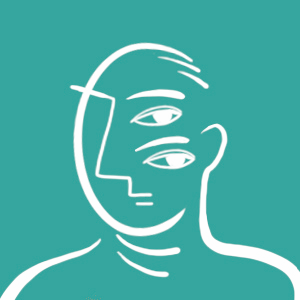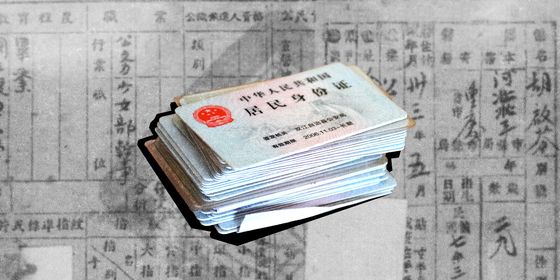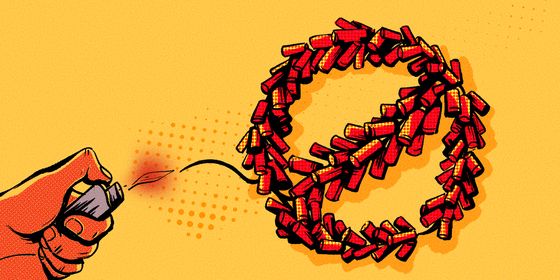Turns out male drivers are the scary ones
It’s not unusual to hear casual criticism of female drivers in China, but statistics repeatedly confirm that they’re not the drivers we ought to be worried about. The latest figures, compiled by the Traffic Management Bureau of the Ministry of Public Security, show that female drivers on 10-year driver’s licenses are less likely to commit offences.
So what’s with the stereotype?
The general incompetence of authorities when it comes to public information campaigns doesn’t help—note this campaign from 2013 in which the Beijing police “helpfully” pointed out some issues with female drivers. “Some female drivers lack a sense of direction and are often hesitant as to which roads to take,” the Beijing police advised.
“This is particularly so when [they] drive on roads such as elevated bridges. They often can’t find the entrance or the exit. They can’t remember how to find places which they have been to several times.”
While an argument can be made that these may be accurate failings of humans on the road, regardless of gender, especially with Beijing’s confused criss-cross of viaducts and ramps, the Beijing authorities didn’t provide any hard statistics to back up their case that this was more of a problem with women than men.
It’s also worth considering whether there are other problems which might be a bit more serious and deserving of attention—like the fact that males appear much more likely to drink and drive than females.
It’s difficult to ascertain the state of drink-driving in China because of the gaps in information. The concept of a “standard drink,” tied to the quantity of alcohol in a particular serving, does not exist in China and there is limited public awareness of alcohol content. Thus, even the public doesn’t have a good idea of how drunk they may be getting, or indeed, what the legal limits are.
According to what little information we do have, it turns out that men are far worse offenders when it comes to drinking and driving. Take this report, from 2010, which incorporated data from points all around the nation. This part of the summary is pretty damning:
“Overall, 1.5% of Chinese adults reported drink-driving in the past 30 days—3% of males and 0.1% of females. However, among males who had driven a vehicle in the past 30 days and consumed at least one alcoholic beverage in the past 30 days, 19% reported drink-driving during the 30-day period. Excessive drinking, binge drinking, nonuse of seat belts, and having been injured in a road traffic crash in the past year were most strongly associated with drink-driving among males.”
That same year, 2010, authorities caught more than half a million drunk drivers, though this figure is much more closely related to the amount of enforcement than it is to the actual extent of drink-driving. The vast majority of those caught only ever received a minor fine, at most.
Given China’s macho drinking culture, this is hardly surprising. Heavy drinking frequently occurs in a business setting and these kinds of business connections are often a very male-dominated affair. Try telling your boss that he’s had too much baijiu and shouldn’t drive home—spoiler, it probably isn’t good for your promotion prospects.
So given the danger of drunken men on the road, we could expect a tough crackdown, right?
Well… not so much.
In 2011 there was a pretty strong attempt to make drink driving a more severe crime, with penalties of one to six months in jail. Celebrity judge from TV show “China’s Got Talent,” Gao Xiaosong, was among the first to face the music, getting the maximum penalty.
Since then, there have been sporadic efforts to do something about the problem, but nothing sustained. And, certainly, there has been little acknowledgement that this is primarily a problem among men (though the occasional advisory remarks about female drivers continue unabated).
In any case, these figures are something worth keeping in mind next time someone casually drops a comment about female drivers.
Cover image from wsxw.gov.cn












